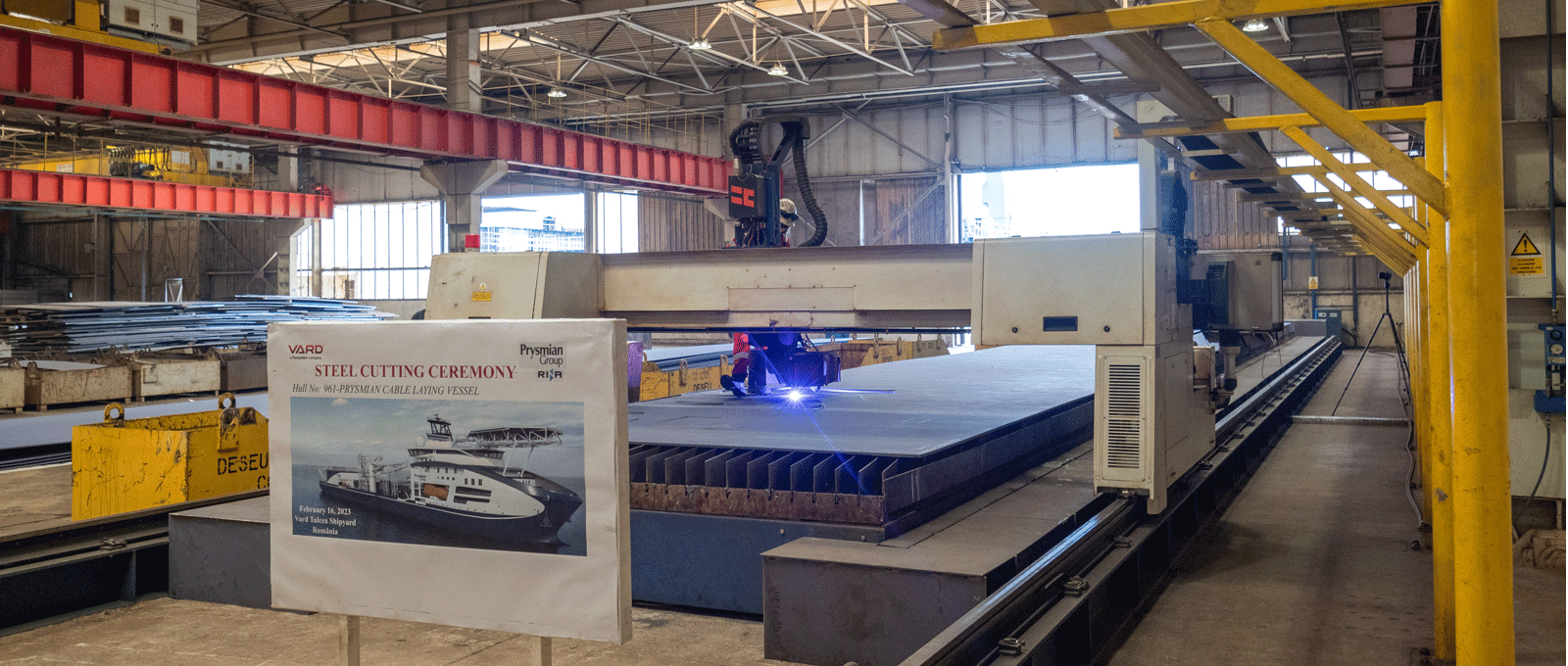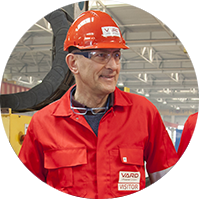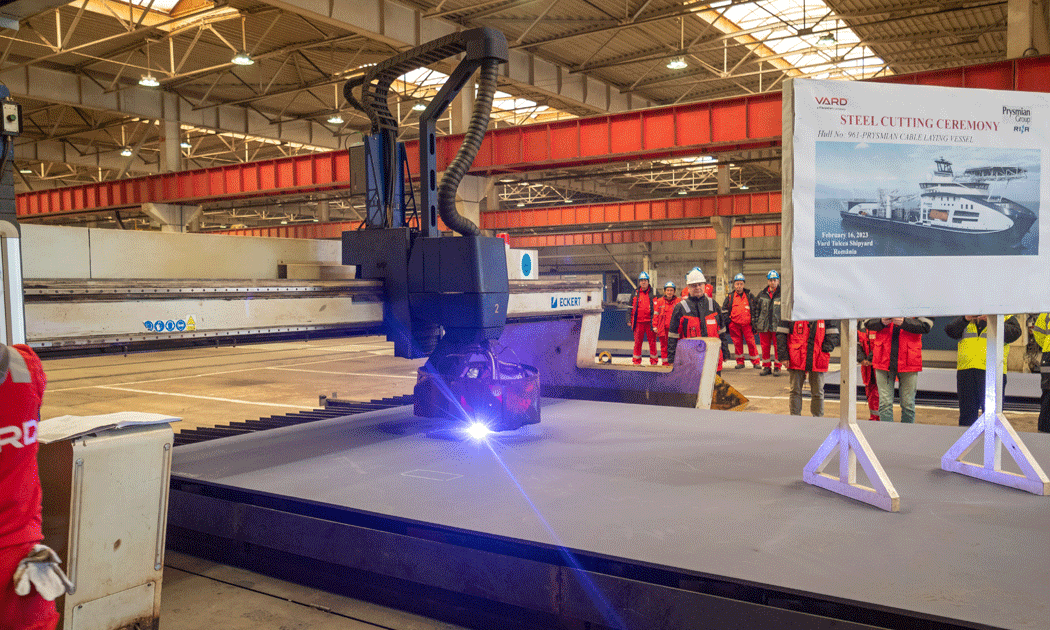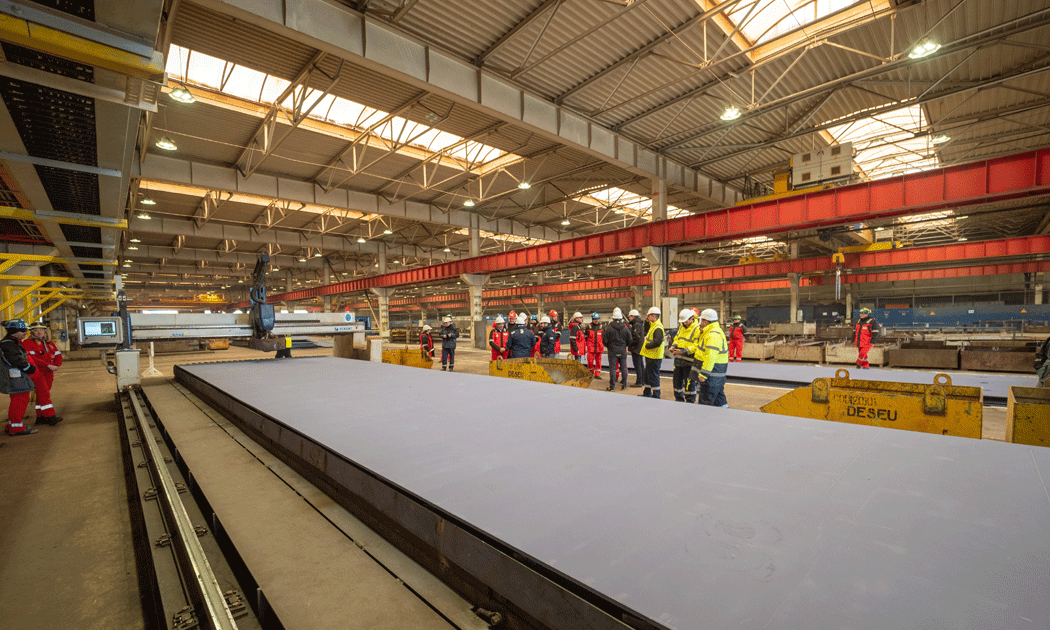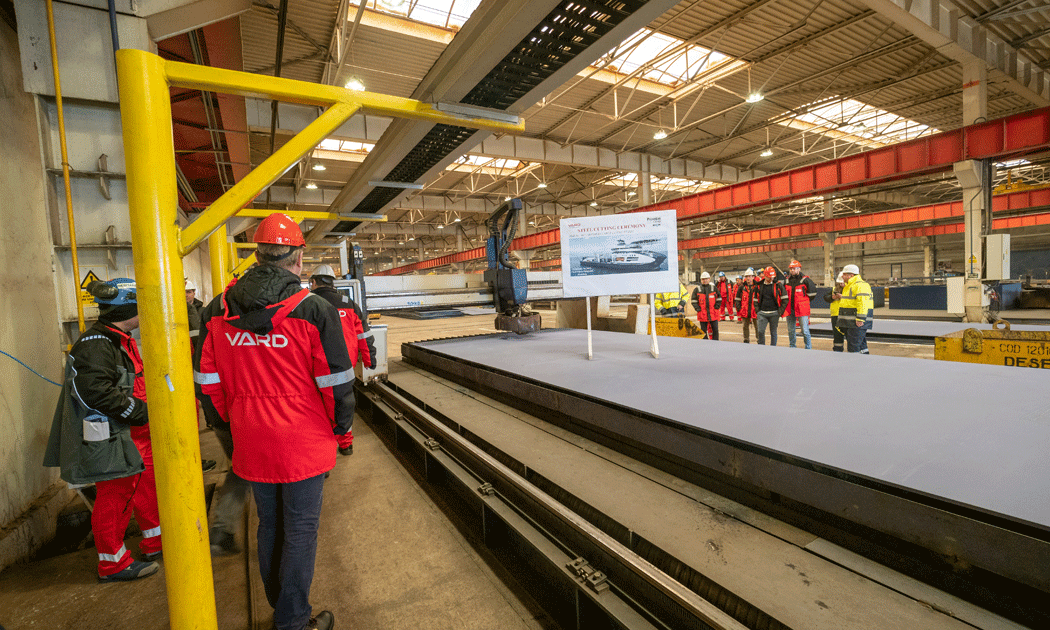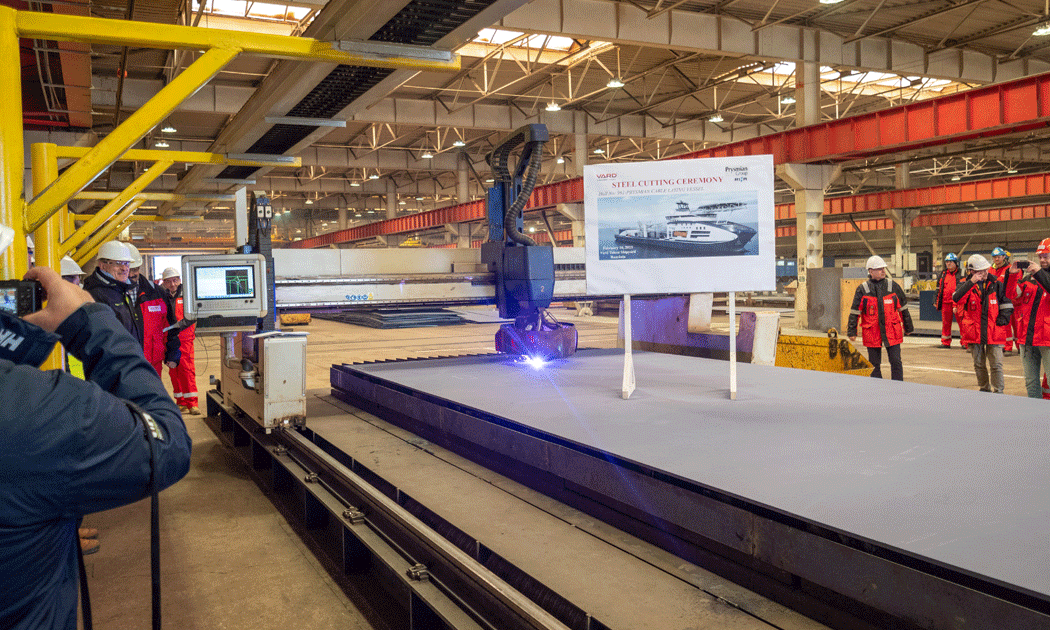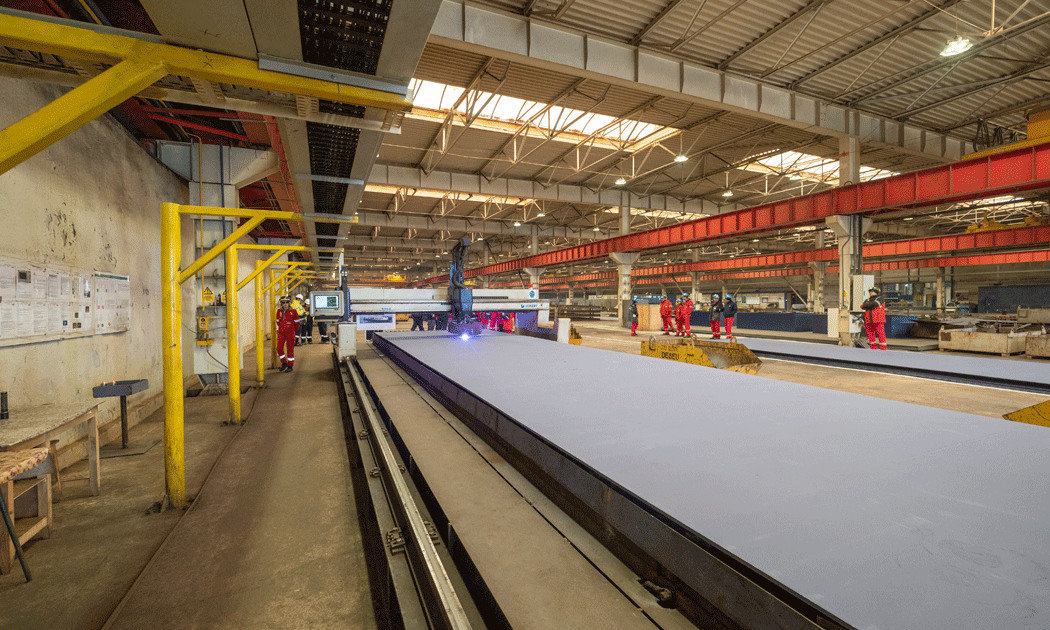The energy transition, combined with growing demand for electricity in general, is spurring a boom in infrastructure investment as utilities scramble to lay the longer and more robust electricity interconnectors needed to carry renewable energy from where it is generated to where it is consumed. The market is evolving more and more in terms of cables, interconnections and offshore wind farms. Submarine interconnections are getting installed at increasingly lower depths, and cables are becoming more and more technological - so more capable and structurally adapted vessels are needed to meet the new challenges demanded by an ever-changing market. This is why Prysmian Group has decided to build a new vessel.
With substantially the same hull of Leonardo Da Vinci, the new cable-laying vessel will also be equipped with similar cable installation equipment, such as a capstan suitable for deep water installation at over 3,000 meters; a second independent laying line with linear cable engines in order to increase operating flexibility; and 2 carousels of 7,000 and 10,000 tonnes.





